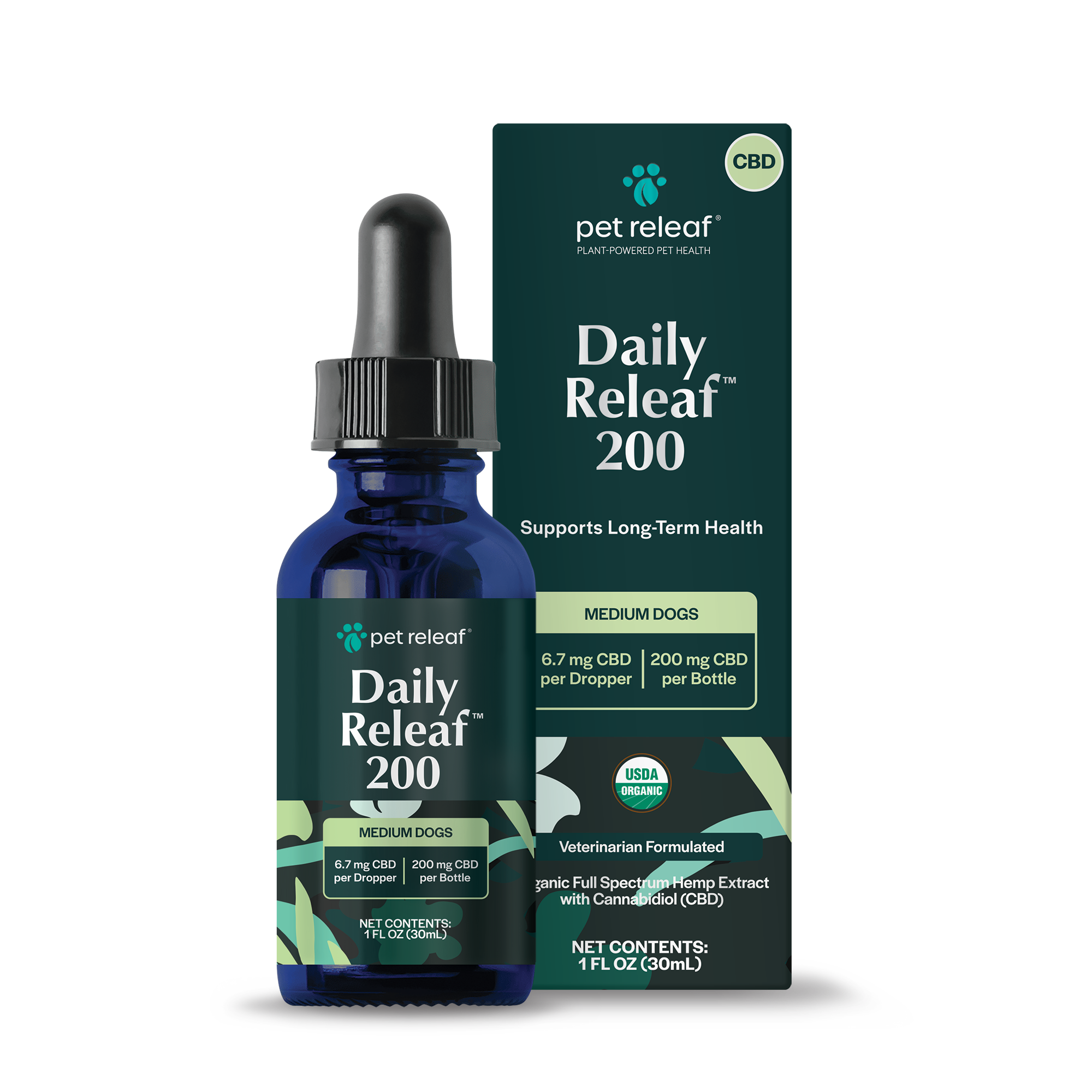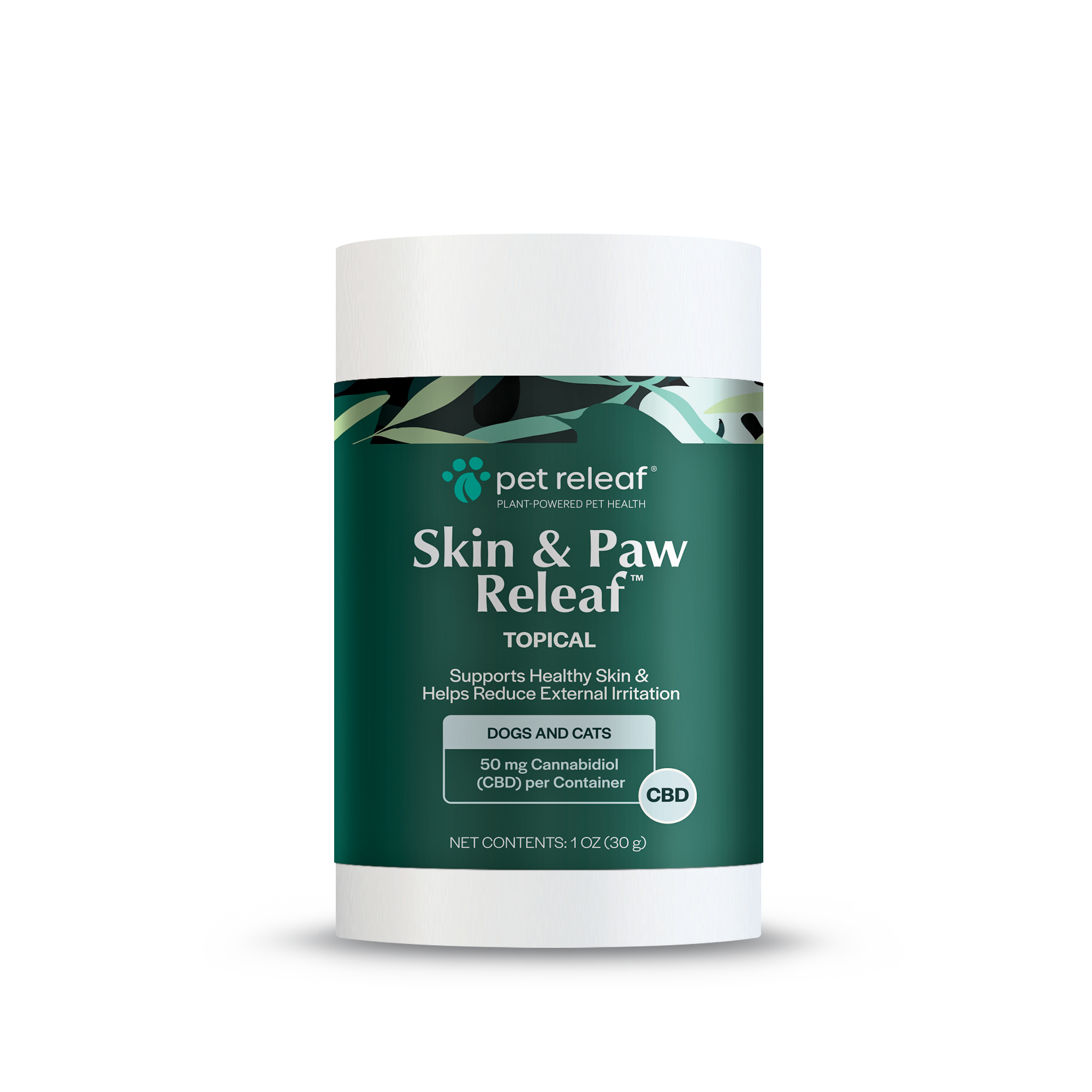
This is not medical advice. Before pursuing feeding your dog a new food, supplement, or medication, it’s advised to consult with your veterinarian.
Uh oh, your dog is scratching and sneezing. Maybe your dog has asthma or seasonal allergies making them wheeze and feel congested, or their skin is itchy and inflamed. Perhaps your dog is having trouble with IBS (irritable bowel syndrome), or maybe your pup’s joints are starting to ache, and they are getting up more slowly in the morning. You hate seeing your dog suffer, so you’ve taken them to your local vet. Your vet might prescribe prednisone to help with your dog’s scratching, sneezing, or painful inflammation. Prednisone is used for a wide variety of ailments in cats, dogs, and horses because of its powerful anti-inflammatory properties. In this article, we’ll look at what prednisone is, what it does for dogs and some of prednisone’s common side effects. Like with any medication, it is important to use Prednisone only under the care of a veterinarian.
What is Prednisone?
Prednisone is a synthetic corticosteroid. Corticosteroids are a type of steroid hormone that is produced naturally by your dog’s adrenal glands. Corticosteroids help with a lot of bodily functions immune system response, stress response, control of inflammation, and keeping the level of electrolytes in the blood balanced. Some examples of how corticosteroids work in the body are cortisol, which controls the metabolism of carbohydrates, fat, and protein and works in several ways to reduce inflammation. Another corticosteroid produced by the adrenal glands, aldosterone, helps control electrolyte levels and the amount of water in the body by helping the kidneys retain sodium.
Prednisone has many applications for human and veterinary medicine. It is much stronger than hydrocortisone, with four times the anti-inflammatory action. Corticosteroids affect the inflammatory process at several different levels, making them very effective anti-inflammatory drugs. Prednisone is quickly converted by the liver into prednisolone, and so prednisone is considered to be roughly equivalent to prednisolone in most cases. If your dog has poor liver function, your vet may prescribe prednisolone, to bypass the liver and preserve its function. These corticosteroids are glucocorticoids, which are stronger than cortisol, a stress hormone your dog’s body produces naturally. While corticosteroids have many beneficial qualities, there is the potential for negative side effects if used for too long or given to your dog incorrectly.
What Does Prednisone Do for a Dog?

Widely used for a variety of conditions in cats, dogs, and horses, prednisone is a common medication with several different applications. Prednisone may be used in emergency health situations including anaphylactic reactions, spinal cord trauma, and many kinds of shock. Prednisone is also used to treat and manage immune-related diseases such as hemolytic anemia (an immune system disease where the body attacks its own red blood cells) or thrombocytopenia (a decrease in the number of blood platelets, the part of the blood that is involved in the clotting process), and many central nervous system disorders. However, more commonly known are cases where prednisone is used to treat inflammatory skin conditions and allergic reactions such as asthma, hives, and itching, or inflammatory bowel disease. Prednisone is also commonly used to treat muscle and joint pain.
Why do Vets Prescribe Prednisone?

According to the VCA Hospital website, vets will prescribe prednisone because of its anti-inflammatory properties. It is commonly used to treat mild inflammatory conditions, and to suppress the inflammation that arises from an allergic response to something, be it a bee sting or seasonal allergies. Prednisone can also be used to treat dogs with bone and joint pain, and dogs with painful conditions like arthritis. Your vet also may prescribe prednisone to suppress your pup’s immune system to prevent an immune response. They would only do this to treat a very serious condition. In order to have immunosuppressant responses, prednisone must be given in higher doses. In general, vets try to use just enough prednisone (and other corticosteroids) to give the desired effect and only prescribe it for the shortest amount of time possible to help mitigate the risks of side effects.
Side Effects of Prednisone
Prednisone is more likely to cause side effects when it’s being given at an immunosuppressant level, than when it is prescribed for more mild conditions like allergies or skin issues. Short-term use of prednisone is unlikely to cause negative side effects. Some of the adverse reactions to prednisone include:
1. Polyuria
Polyuria happens when your dog produces more urine and is urinating more frequently than normal.
2. Polydipsia
Polydipsia is an increased level of thirst in dogs. If you notice your dog drinking more water than normal, please refer to any literature they gave you about the side effects of prednisone or call your vet’s office and let them know what is happening.
3. Polydipsia
Polyphagia is when your dog’s appetite increases.
4. Prednisone
Your dog’s coat may lose its luster, shine, and softness while on prednisone.
5. GI disturbance
GI disturbance is caused by inflammation of the GI tract and can cause abdominal pain, as well as other side effects, like vomiting.
6. Diarrhea
Diarrhea is when your dog has loose, watery stools or poops. This can be problematic, mess aside, because fluid loss can lead to dehydration. If you suspect your pup is dehydrated, call your vet’s office.
7. Vomiting
Vomiting can be caused by the inflammation of the GI tract, and like diarrhea, can lead to dehydration.
8. Weight gain
Weight gain is a common side effect of prednisone and is often linked to increased appetite.
9. GI ulcerations
GI ulcerations cause abdominal pain and may lead your pet to lose their appetite or vomit after eating.
10. Pancreatitis
Pancreatitis, according to PetMD, “in dogs is an inflammatory reaction within the pancreas that can result in abdominal pain, inappetence, and vomiting.”. Dog’s that eat too many fatty foods are also at risk of pancreatitis.
11. Lipidemia, or hyperlipidemia
Lipidemia, or hyperlipidemia, is an increase of lipids, or fats, in the blood. This condition is often linked to other diseases and disorders, or the use of medications like Prednisone.
12. Elevated liver enzymes
Elevated liver enzymes occur when enzymes that should be in the liver leak out due to cellular damage.
13. Diabetes mellitus
Diabetes mellitus is the more common form of diabetes in dogs and is caused by either the loss or dysfunction of the beta cells of the pancreas. The beta cells produce insulin, which is a necessary hormone for digestion.
14. Muscle wasting
Muscle wasting is one of the long-term side effects of prednisone use and simply means weak or weakening muscles.
15. Behavioral changes
Behavioral changes can be related to prednisone use. According to PubMed, “Dogs under corticosteroid treatment were reported to be significantly less playful, more nervous/restless, more fearful/less confident, more aggressive in the presence of food, more prone to barking, more prone to startle, more prone to reacting aggressively when disturbed, and more prone to avoiding people or unusual situations.”
These serious side effects are why you must follow your vet’s instructions carefully for using Prednisone and other corticosteroids. Prednisone should only be administered under the care of a veterinarian. This is also why your vet will work to only give your dog the minimum necessary dosage of prednisone. Make sure you go to all of your follow-up vet visits after your dog has started their Prednisone treatment. If your vet thinks that your dog needs prednisone long-term, you’ll need to take your dog in for blood and urine tests every six months in order to monitor for side effects. If you notice side effects, do not stop giving your dog this medicine without first speaking to your vet, especially if your dog is on a high dose or has been on the drug for a long time. If your vet deems it time to stop, they will instruct you on how to taper off the use of the medication. While this list of side effects may seem scary, when used appropriately, prednisone can improve your dog’s quality of life and overall health.



